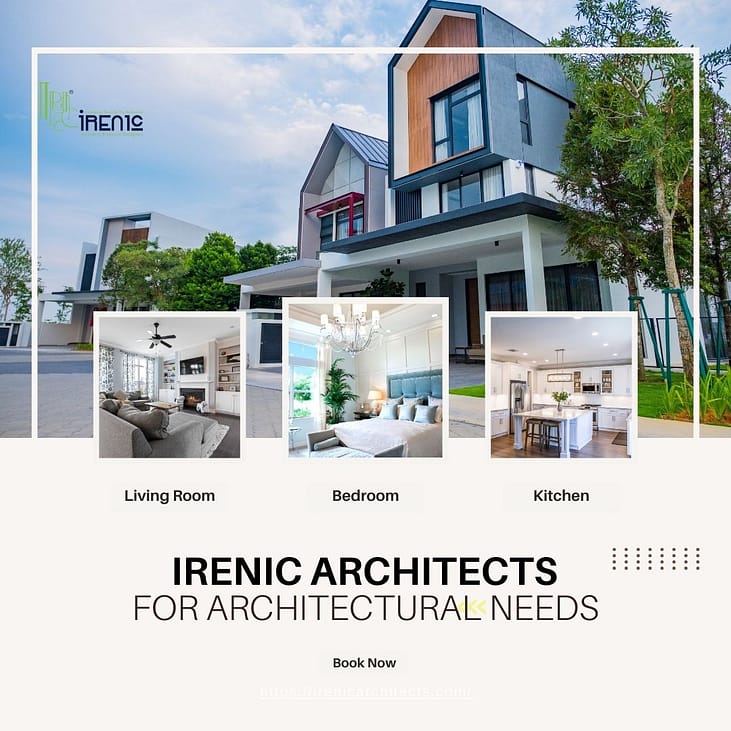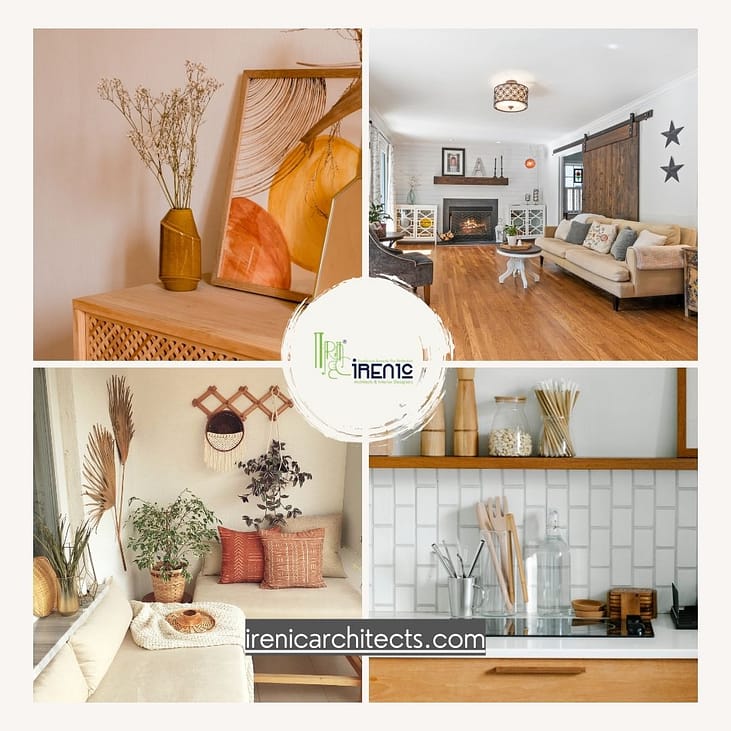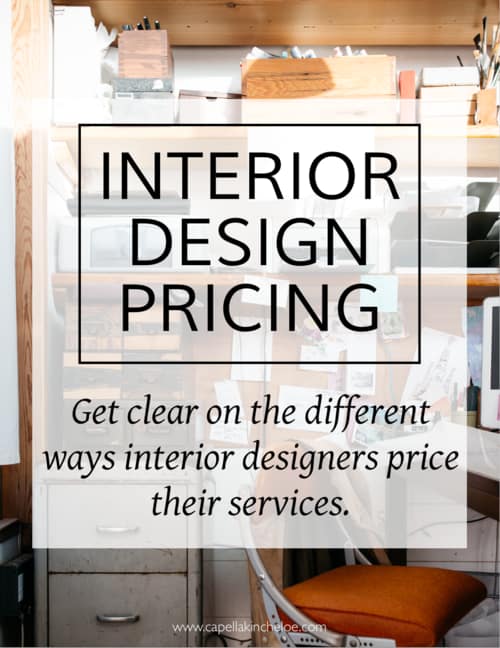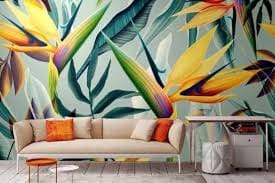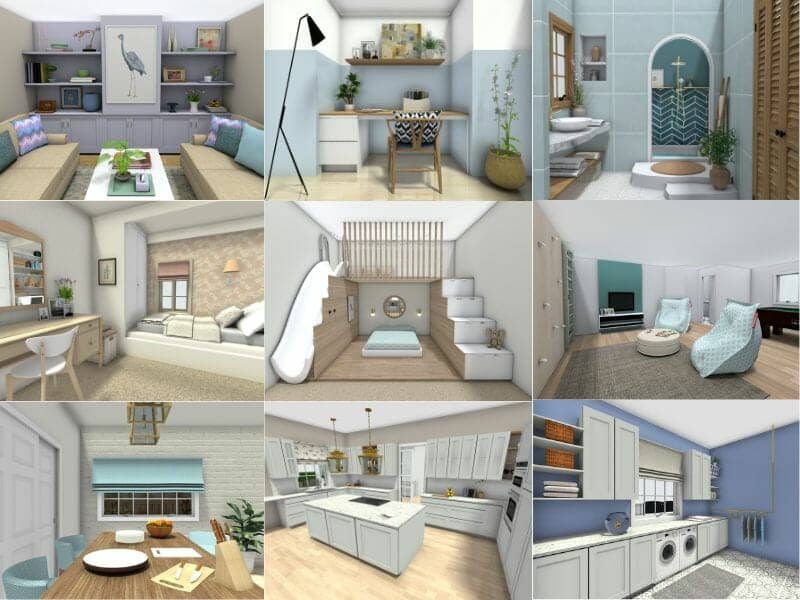When it comes to making a house a home, let’s start Exploring the Role of a Residential Interior Designer Crafting Spaces Where Life Unfolds the expertise of a residential interior designer is invaluable. These professionals are not just decorators; they are skilled artisans trained to enhance the functionality and aesthetics of interior spaces while reflecting the personal tastes and needs of residents. This blog will explore what a residential interior designer does and how they can transform your living environment.
Here are some Exploring the Role of a Residential Interior Designer: Crafting Spaces Where Life Unfolds
What is a Residential Interior Designer?
A Residential Interior Designer specializes in planning and designing the interior spaces of homes. Unlike commercial designers who focus on public spaces, residential designers concentrate on private living areas. Their goal is to create aesthetically pleasing environments that are also highly functional and tailored to the individual needs of homeowners.
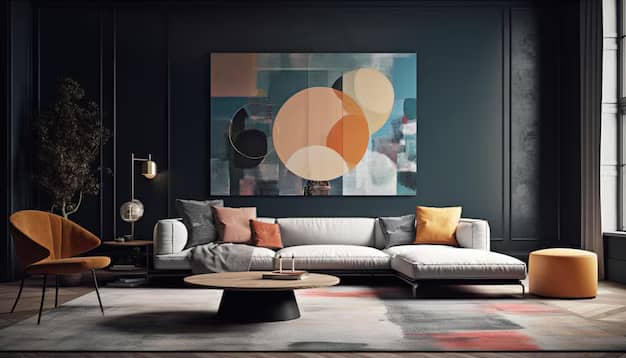
Key Responsibilities of a Residential Interior Designer
Understanding Client Needs
- Client Consultation: The process begins with an in-depth consultation to understand the client’s lifestyle, preferences, and the functionality required of each space.
- Needs Analysis: Designers assess the needs of all who will use the space, considering factors like age, mobility, and activities.
Space Planning and Design
- Layout Planning: Designers create detailed floor plans to optimize space usage, ensuring a smooth flow between areas.
- Design Concepts: They develop design concepts that might include themes, color schemes, and textures that reflect the client’s personality and desires.
Selection of Materials and Furnishings
- Material Selection: Designers choose materials that match the client’s style and the home’s needs, focusing on durability, comfort, and aesthetics.
- Furniture and Fixtures: They select furniture, lighting, and fixtures that complement the overall design theme and fit the space’s dimensions and usage.
Project Management and Execution
- Coordination: Residential interior designers often coordinate with contractors, architects, and artisans to bring their designs to life.
- Budget Management: They manage the budget and timeline, ensuring the project stays on track without compromising the design quality.
Follow-Up
- Final Walk-Through: Designers conduct a final review with the client to ensure all aspects of the project meet the client’s expectations.
- Post-Project Support: They might offer support for any issues that arise after project completion, ensuring client satisfaction.
The Impact of a Residential Interior Designer
The influence of a residential interior designer goes beyond beautifying spaces. They make homes more livable and functional. Good design can elevate mood, improve productivity, and enhance the overall quality of life. By customizing spaces to the needs of the inhabitants, designers ensure that a home is not just seen but truly felt.
- The Essentials of Bungalow Interior Design
- Explore the unique challenges and opportunities of designing interiors for bungalows, including space utilization, natural lighting, and maintaining architectural integrity.
- How to Design Your Dream Kitchen: Trends and Tips
- Offer a guide on the latest trends in kitchen design, including smart appliances, sustainable materials, and space-saving solutions.
- Creating a Seamless Indoor-Outdoor Connection
- Discuss design strategies for blending indoor and outdoor spaces, such as large glass doors, consistent flooring, and outdoor kitchens.
- The Psychology of Space: How Interior Design Affects Your Mood
- Examine how different aspects of interior design, from color schemes to spatial arrangement, can influence mood and mental well-being.
- Guide to Choosing Eco-Friendly Materials for Your Home
- Provide insights into sustainable and eco-friendly building materials and finishes that homeowners can choose to reduce their environmental impact.
- Tips for Designing Child-Friendly Interiors
- Offer practical advice on how to create kid-friendly spaces that are safe, functional, and creative, catering to the needs of younger family members.
- How to Incorporate Traditional Indian Elements into Modern Homes
- Discuss ways to blend traditional Indian architectural and design elements, such as jalis (lattice screens), courtyards, and vibrant colors, with modern aesthetics.
- Top Lighting Trends for Contemporary Homes
- Highlight the latest innovations in home lighting design, including smart lighting solutions, statement pieces, and energy-efficient fixtures.
- Revamping Your Home Office: Design Ideas for Productivity and Style
- Share design tips for creating an inspiring and productive home office space, considering factors like lighting, ergonomics, and personal style.
- Designing for Small Apartments: Space-Saving Solutions
- Provide creative ideas and strategies for maximizing space in small apartments, including multifunctional furniture, vertical storage solutions, and minimalist design tips.
Each of these topics is designed to engage readers looking for practical advice, design inspiration, and smart solutions to enhance their living environments through thoughtful interior design and architecture.

Core Responsibilities of a Residential Interior Designer
Client Consultation
- Understanding Vision and Needs: The design process starts with thorough consultations to grasp the client’s lifestyle, preferences, and the functionality they envision for their space.
Design Development
- Spatial Planning: Designers draft floor plans and 3D models to optimize the use of space while ensuring that the layout conforms to building codes and safety regulations.
- Aesthetic Formulation: They develop a cohesive aesthetic by selecting color schemes, materials, and finishes that reflect the client’s personality and enhance the home’s character.
Project Management
- Coordination with Professionals: Residential designers frequently collaborate with architects, contractors, and artisans to ensure that the design is feasible and aligns with the overall construction plan.
- Budget and Schedule Oversight: They manage the project’s budget and timeline, making adjustments as necessary to address challenges that may arise during the renovation or construction process.
Implementation and Oversight
- Material Procurement: Designers oversee the procurement of materials, furnishings, and accessories, ensuring quality and consistency.
- On-Site Supervision: Regular site visits are conducted to ensure that the implementation aligns with the design intent and to make real-time adjustments as needed.
Post-Completion Support
- Final Walk-Throughs: Designers perform final walk-throughs with clients to ensure satisfaction and address any adjustments in the new space.
- Aftercare: They often provide guidance on maintaining the aesthetics and functionality of the space long after the project concludes.
The Impact of a Residential Interior Designer
The influence of a residential interior designer is profound. They transform mere buildings into homes that resonate with the emotions and needs of the occupants. Well-designed spaces do not only look beautiful but also function efficiently, improving daily living by:
- Enhancing Usability: Tailoring spaces to fit the unique needs of individuals or families, whether it’s creating child-friendly living areas, accessible designs for older adults, or energy-efficient homes.
- Boosting Mood and Well-being: Using elements of color psychology, lighting, and spatial arrangements to positively impact the occupants’ mood and health.
- Increasing Property Value: Good design adds to the market value of a home, making it more appealing in the real estate market.
Your home is more than just a place to live—it’s where you laugh, relax, and make memories with loved ones. But what if your home could be even better? That’s where residential interior design comes in. In this simple blog, we’ll explore how residential interior design can transform your house into a home you’ll never want to leave.
Creating Spaces That Reflect You
Residential interior designers are like magicians. They take your hopes and dreams for your home and turn them into reality. By getting to know you and your family, they can design rooms that truly reflect your personality and lifestyle.
Whether you love modern minimalism or cozy farmhouse style, designers can create spaces that feel uniquely yours. From picking paint colors to choosing furniture, every decision is made with you in mind.
Making Your Home Work for You
But residential interior design isn’t just about looks—it’s also about functionality. Designers are experts at making the most of your space, no matter how big or small.
They can help you rearrange furniture to improve flow, find clever storage solutions to keep clutter at bay, and even suggest ways to make your home more energy-efficient. The result? A home that not only looks great but also works for you and your family.
Bringing Beauty into Your Life
Of course, aesthetics are important too. Residential interior designers have a knack for making spaces look beautiful.
From choosing the perfect lighting to selecting fabrics and finishes, designers know how to create rooms that are as stunning as they are comfortable. And with their eye for detail, they can turn even the simplest of spaces into something truly special.
Making Your Dreams a Reality
Perhaps the best thing about residential interior design is that it allows you to make your dreams a reality. Whether you’ve always wanted a cozy reading nook or a luxurious master suite, designers can help you bring your vision to life.
They’ll work with you every step of the way, from the initial consultation to the final installation, to ensure that your home is everything you’ve ever wanted.

